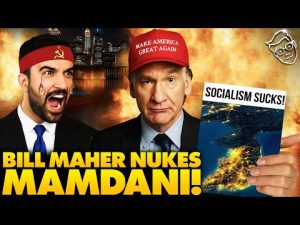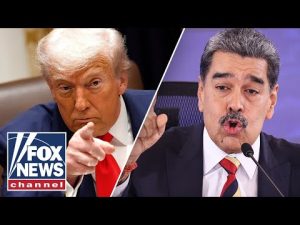The world of politics is rarely short of surprises, and the recent uproar over a Trump 2028 campaign hat is a testament to the ever-evolving landscape of American political theater. At the center of the latest buzz is the mischievous suggestion of Donald Trump running for President in 2028, sparked by the appearance of a custom-made Trump 2028 hat. It’s intriguing how a simple piece of apparel can ignite a firestorm of speculation, capturing the attention of the media and the public alike.
The political drama unfolded when a digital buzz began with the introduction of Trump hats emblazoned with “Trump 2028.” The Trump Organization, responsible for this electrifying idea, likely anticipated the tidal wave of reactions from all corners of news media. Social platforms ignited with activity, pushing the topic into the limelight. Originally intended as part of a strategic merchandising effort, the notion morphed into an amusing yet profound reflection on the deep-seated concerns surrounding electoral politics and democracy.
In classic Trump fashion, the media’s rapid scrutiny and speculative narratives only added fuel to the fire. Questions arose about potential threats to constitutional processes, echoing anxieties and prompting debates about democratic norms. Such reactions underscore the tension between political theatrics and serious discourse about governance. However, those within Trump’s circle seemed to relish the uproar, viewing it as more entertainment than existential peril. This dichotomy accentuates Hollywood-like attributes that politics has increasingly adopted.
Beneath the provocative merchandising antics, the narrative hints at possible futures. Contrary to dismissals, Trump himself has not ruled out a 2028 candidacy, suggesting “there are methods” to achieve it. This potentiality represents a broader reflection on America’s present political landscape. It’s a testament to the evolving guard within the party—one that promises a dynamic range of perspectives and capabilities, though prominently highlighted by speculation of Trump’s continued influence.
At its core, this hat saga serves as a barometer for the political environment—where even planned strategies can quickly turn into a national conversation. It highlights the ever-present public curiosity surrounding notable political figures and the perpetual ‘what ifs’ in America’s political scene. Moving forward, whether this incident remains a fleeting merchandise stunt or a subtle precursor to a more significant movement only time will tell. For now, it’s a pertinent reminder of how politics often blurs the lines between reality and performance.







